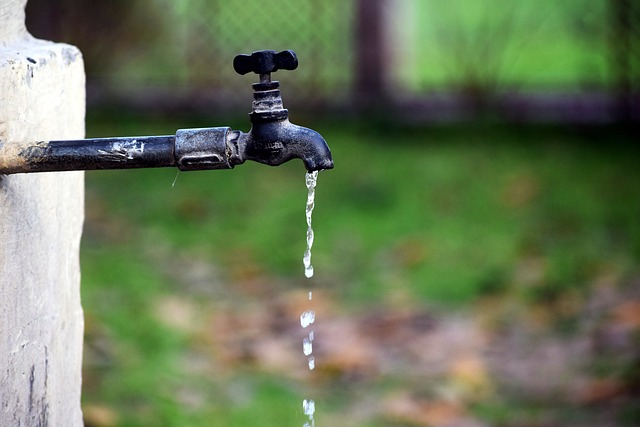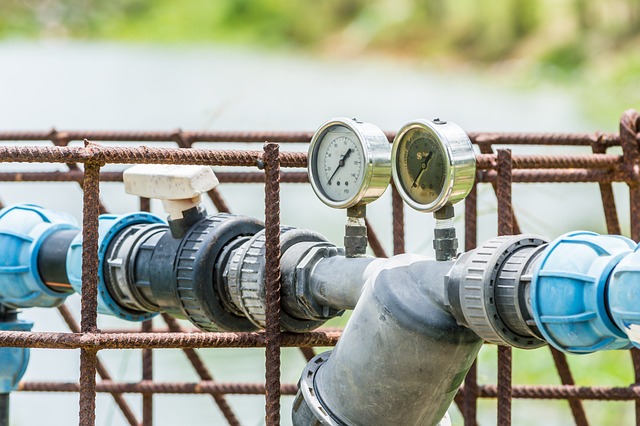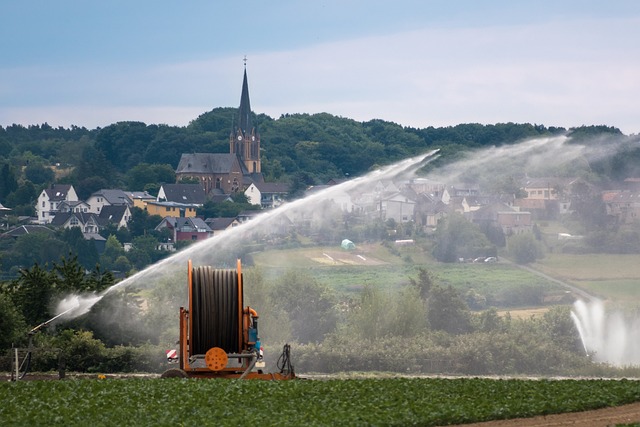Water-Saving Technologies: Harnessing Innovation for Sustainable Water Management
In a world where water scarcity is becoming increasingly prevalent, the adoption of water-saving technologies is crucial for efficient water management and sustainable development. These innovative solutions offer practical ways to conserve water resources, reduce waste, and maximize water-use efficiency across various sectors. Here are some notable water-saving technologies making a significant impact:
Soil Moisture Sensors
Soil moisture sensors provide real-time data on soil moisture levels, allowing farmers to optimize irrigation scheduling. These sensors measure soil moisture at different depths, enabling precise irrigation decisions based on actual plant needs. By avoiding overwatering and irrigating only when necessary, farmers can reduce water waste and improve crop health.
Weather-Based Irrigation Controllers
Weather-based irrigation controllers, also known as evapotranspiration (ET) controllers, use weather data to adjust irrigation schedules accordingly. By factoring in parameters such as temperature, humidity, solar radiation, and wind speed, these controllers determine the crop’s water requirements based on environmental conditions. This technology ensures that irrigation is aligned with actual plant needs, minimizing water waste.

Drip Irrigation Systems
Drip irrigation is a highly efficient irrigation method that delivers water directly to the root zone of plants through a network of tubes or emitters. This technology reduces water loss due to evaporation and runoff, as water is applied precisely where it is needed. Drip irrigation is particularly beneficial in arid and water-scarce regions, where it can save significant amounts of water compared to traditional irrigation methods.
Precision Sprinkler Systems
Precision sprinkler systems utilize advanced technology to deliver water with high accuracy and uniformity. These systems feature intelligent sprinkler heads or nozzles that can adjust water application rates and patterns based on plant needs and environmental factors. By reducing water overspray and minimizing uneven distribution, precision sprinkler systems enhance water-use efficiency and minimize water waste.

Rainwater Harvesting
Rainwater harvesting involves collecting and storing rainwater for later use. This practice can be as simple as capturing rainwater in barrels or employing more sophisticated systems that collect and store rainwater on a larger scale. Harvested rainwater can be used for various purposes, such as irrigation, toilet flushing, and laundry, reducing the reliance on freshwater sources.
Greywater Recycling Systems
Greywater recycling systems collect and treat water from sources such as sinks, showers, and washing machines for reuse in non-potable applications. By treating and recycling greywater on-site, these systems reduce the demand for fresh water for activities like landscape irrigation, toilet flushing, and industrial processes. Greywater recycling promotes water conservation and reduces strain on water resources.
Smart Irrigation Monitoring and Control Systems
Smart irrigation systems integrate various technologies, including soil moisture sensors, weather data, and remote control capabilities. These systems continuously monitor soil conditions, weather patterns, and plant water needs. They automatically adjust irrigation schedules and water application rates, ensuring optimal water use efficiency and reducing water waste.
Water-saving technologies play a critical role in addressing water scarcity and promoting sustainable water management practices. By implementing these innovative solutions, individuals, businesses, and agricultural operations can reduce water consumption, conserve precious resources, and contribute to a more sustainable and resilient future. Embracing water-saving technologies is not only environmentally responsible but also economically beneficial, leading to cost savings and improved productivity in various sectors reliant on water resources.
